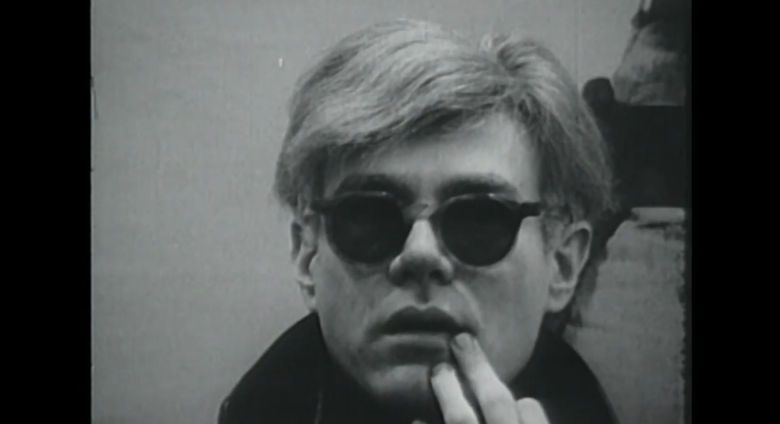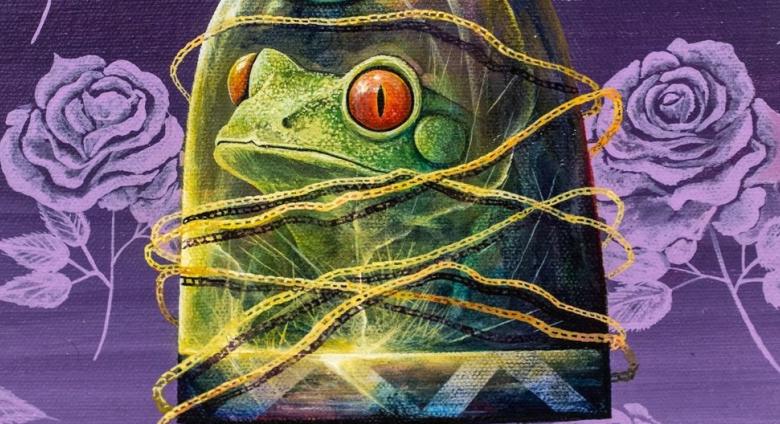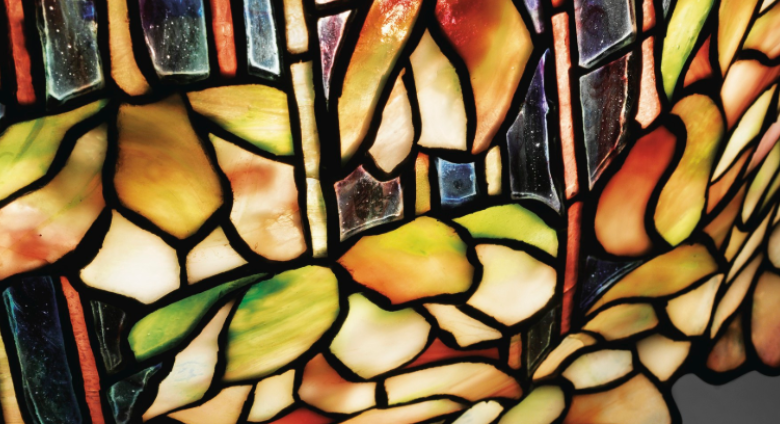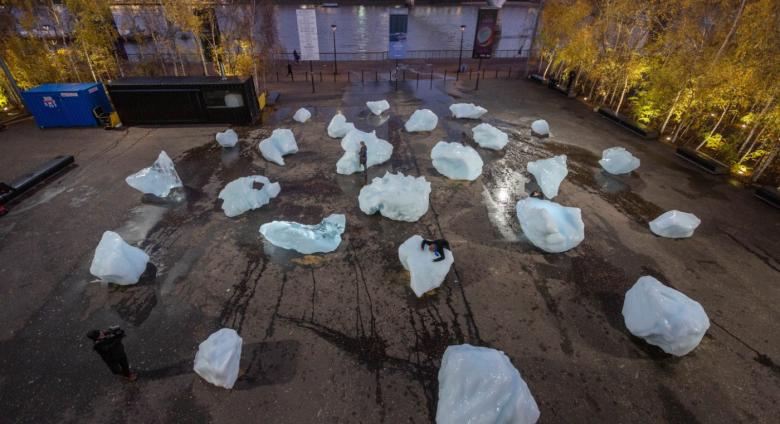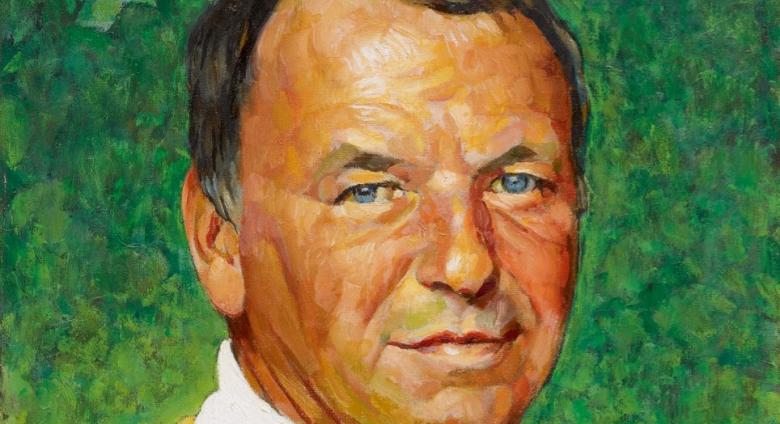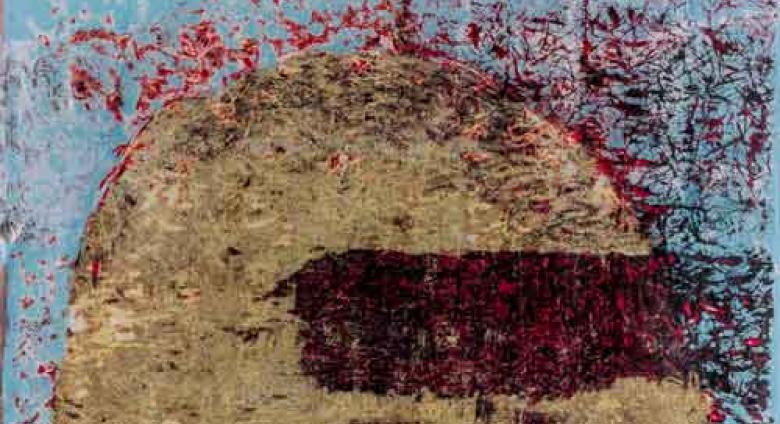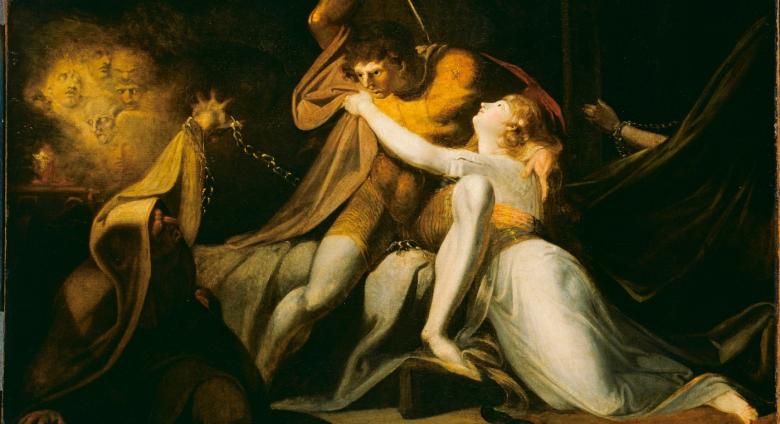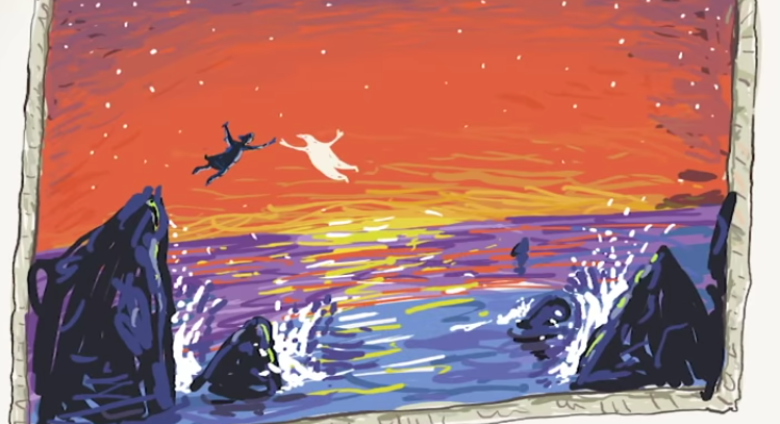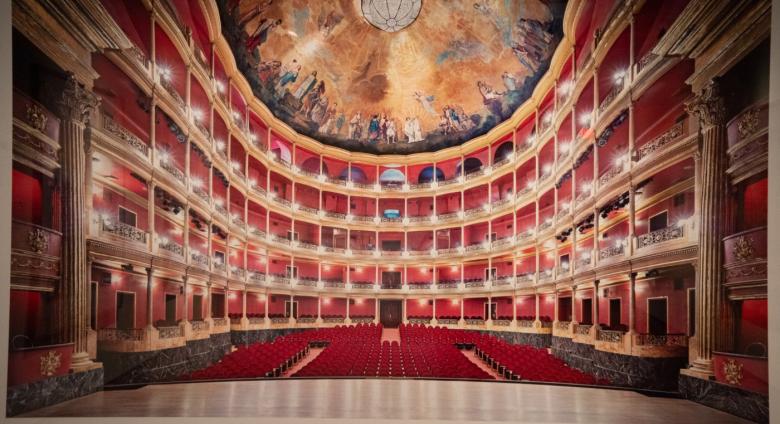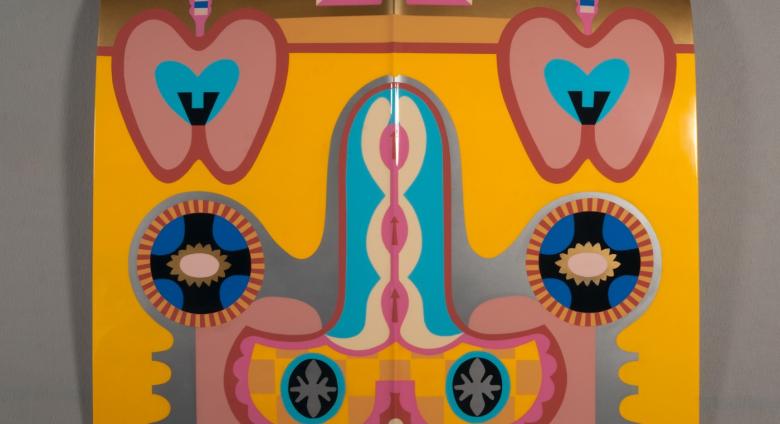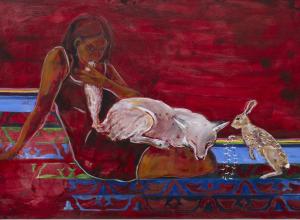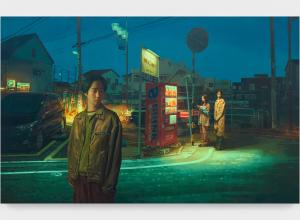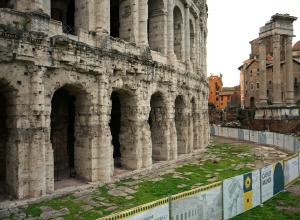On the occasion of the Whitney’s major Andy Warhol retrospective, artists and curators, cultural producers and influencers talk about Warhol, his work, and his continued influence and relevance to our culture today.
In this episode, we examine how Warhol worked, and the ways he "did things that artists don't do."
December 2018 Art News
Employing a distinctively unrestrained visual vocabulary of vivid colors and bold patterns, anthropomorphic forms and irregular shapes, Noségo's richly colorful, dreamily surreal new series explore themes of resilience and rebellion.
The most sought after floral-motif Tiffany lamp is the 1903 Pond Lily, if auction figures are any indication, having just fetched $3,372,500 at Christie’s Design auction on Dec. 13, establishing a new record for the studio of Louis Comfort Tiffany.
Through a new installation, artist Olafur Eliasson is urging Londoners to engage with climate change in a new way. In collaboration with geologist Minik Rosing, Eliasson has installed a group of 24 blocks of ice beside the Thames in front of the Tate Modern, with another group of six blocks installed at Bloomberg Philanthropy’s European headquarters in London.
It was a fight to the very end as Sotheby’s dedicated auctions of Lady Blue Eyes: Property of Barbara and Frank Sinatra concluded last week, bringing the series total to an outstanding $9.2 million
Mark Bradford's exhibition for the 2017 Venice Biennale, Tomorrow Is Another Day, reflects the artist's longstanding belief in art’s ability to expose contradictory histories and inspire action in the present day.
The body of work is installed at the Baltimore Museum of Art through March 3, 2019.
With almost seventy paintings, the first comprehensive monographic exhibition of the work of the Swiss-born artist Henry Fuseli (1741–1825) at the Kunstmuseum Basel turns the spotlight on two of his most important sources of inspiration: literature and the stage.
There is a question that has been tossed around by philosophers and art critics for decades: how much should an artist's intention affect your interpretation of the work?
As soon as you enter the first gallery at the North Carolina Museum of Art that holds Candida Höfer’s large format photographs, you are transported. Commanding the space, her mostly symmetrical compositions contain no people, only lavish interiors that bear evidence of devotion as well as secular daily ritual.
Before she was world-renowned as a pioneering feminist artist, Judy Chicago worked in abstraction, using pastel hues to form geometric patterns. A new survey at the Institute of Contemporary Art, Miami, shows the artist moving into figurative works, finding a clear voice to explore the feminist themes that would come to define her work.




